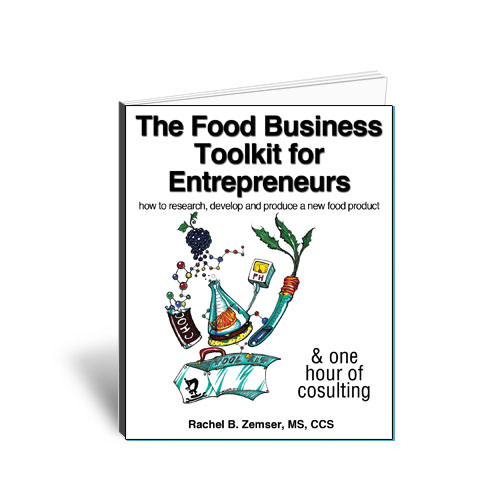Inner-city Children Eating Fast Food Regularly

One in 10 of these children visited a fast food outlet every day, the study shows.
The authors quizzed 193 pupils aged 11-14, living in Tower Hamlets, a deprived inner London borough, about their weekly fast food preferences and habits.
The children, who attended two schools which operated an "open gate policy" at lunchtime, were weighed and measured to see if their weights were appropriate for their age, gender and height.
Over half of them (61%) were entitled to free school meals, and around one in three (30%) was overweight or obese, with almost a third of boys (32%) of boys and 29% of girls falling into these categories.
More than half of the children surveyed (54%) said they bought fast food or drinks from a fast food or takeaway outlet at least twice a week. One in 10 consumed products bought from these outlets every day.
Frequency of fast food/drink consumption was not associated with age, gender or entitlement to free school meals. However, children from non-white backgrounds were more likely to be frequent consumers of fast foods.
Seven out of 10 children from Black ethnic backgrounds and more than half (54%) of those from Asian backgrounds purchased fast food/drinks more than twice a week. This is of some concern, say the authors, as people from these ethnic backgrounds are more prone to cardiovascular disease and diabetes.
The most commonly cited reason for buying fast food was taste, with 92% of the children saying they liked the taste of the products sold in fast food outlets. The second most popular reason was ready access: the children said they could buy fast food products quickly.
Among those who bought fast food at least two to three times a week, most (71%) did so because of the influence of their peers - they wanted to join their friends.
Analysis of the responses on food types and portion sizes showed that chips were the most popular option. Girls were significantly more likely to buy a portion of chips without other foods than boys, but boys were more likely to buy larger portions.
The authors point out that chips are laden with fat and salt, and high salt content increases thirst, which in turn increases the likelihood of buying soft drinks.
Most (70%) of the whole sample said they preferred sweetened (non-diet) soft drinks over other types of drinks, when making their purchases at fast food outlets.
When asked what would motivate them to make healthier food choices at fast food outlets, better choice and cheaper prices were the two most popular options.
"These children are exposed to an environment that is likely to cause obesity, and it is not surprising that in this situation, many of these children are already overweight or obese, and will likely become obese as adults," conclude the authors.
They add, "Clearly, actions need to be taken to either limit the ability of these children to access fast food outlets or to change to they purchased at these outlets (e.g. less calorie dense, with more fruit and vegetables, with less fat and salt)."
From the June 21, 2012, Prepared Foods Daily News
Looking for a reprint of this article?
From high-res PDFs to custom plaques, order your copy today!




